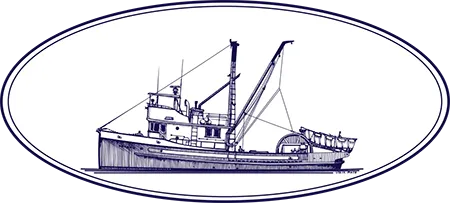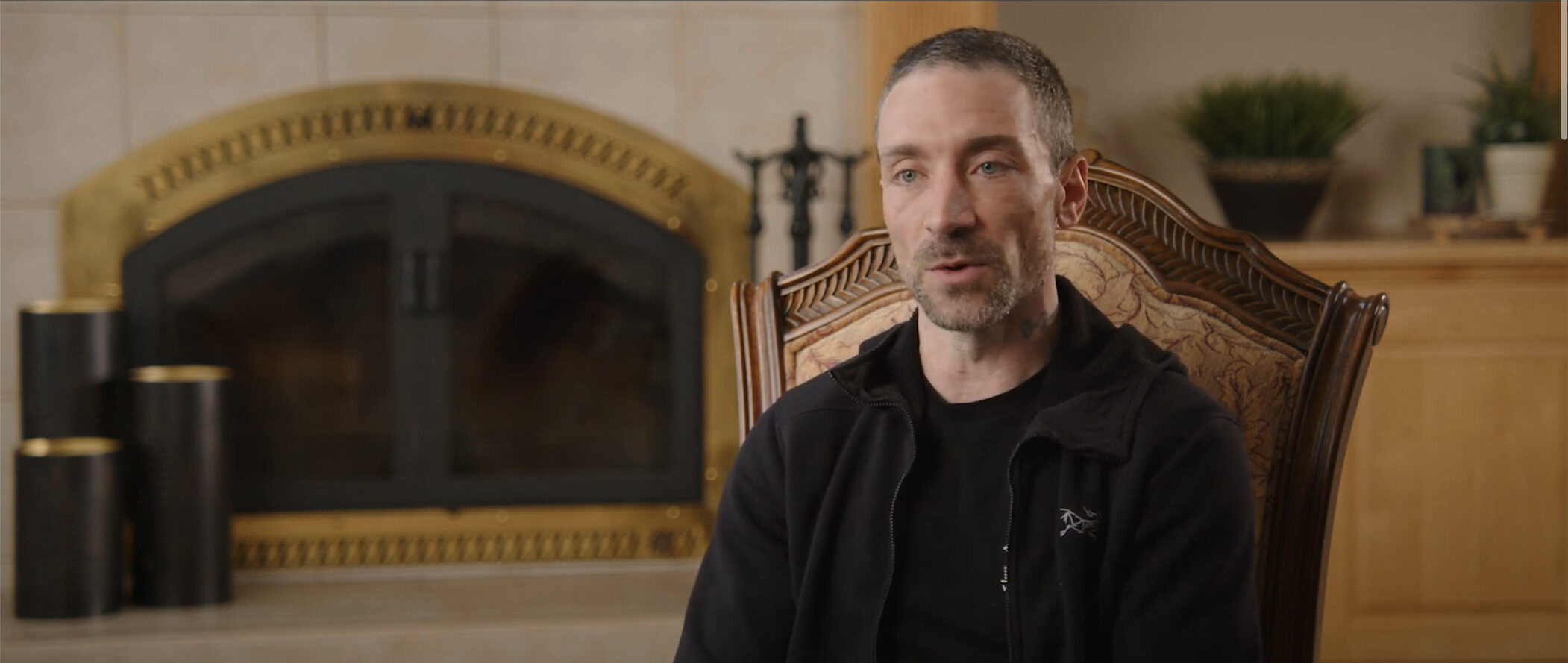Going boating is a really fun way to spend a day, and you might even decide to own a boat of your own someday. But if you’re going to have a boat, you’ll need to understand the different parts of a boat and what they do to be able to use it and take care of it properly. There are lots of special names that people use for the parts of a boat, and learning these terms can help you to be a better boater.
Anchor
The anchor of a boat is a big piece of metal that’s attached to the bow of a boat with a rope or chain. When the line is let out, the anchor falls to the bottom of the water and digs into the ground, keeping the boat in place. There are different types of anchors, such as mushroom anchors, fluke anchors, and grapnel anchors, used for different depths of water.
Berth
A berth is a bed or bunk in the lowest section of the boat that is used for sleeping. Berths are usually built into the hull of the boat. They can be equipped with mattresses, pillows, blankets, and everything else you need for a good night’s sleep. The place where a ship is moored is also called a berth, as this is where the boat rests.
Bilge
The bilge is the lowest compartment of the boat’s hull. It collects any wastewater that comes from the engine, and it can also collect condensation that drips from inside the hull or leaks from sinks or toilets.
Bimini Top
A bimini top is a canvas roof held up by a metal frame on the top of a boat. It provides shade and protection from the sun and rain for the people on the boat.
Bow
The front of a boat is referred to as the bow. The boat’s bow is designed to allow the hull to pass smoothly and efficiently through the water.
Cabin
A private room on a boat or ship is referred to as a cabin. It is a compartment below the deck that is used for sleeping or just for relaxing. Having a cabin on a boat can provide protection from the sun, wind, and rain.
Cleat
Cleats can be found on both boats and docks. They’re pieces of metal that you can tie a line around to secure your boat to a dock.
Deck
The deck is the top part of the boat where you can sit or stand and look out at the water. You might be able to put a table and chairs on the deck and eat lunch, or you could bring your tackle and do some fishing from the deck. The deck also has a railing to keep you from falling overboard.
Gunwale
The gunwale is the upper edge of a boat’s hull. The purpose of a gunwale is to reinforce the sides of the hull. It provides structural support for the boat and extra safety for passengers and crew.
Hatch
A hatch is an opening with a cover on the deck or in the cabin of a boat. It can act as a window, a door, or a lid. A hatch will cover the opening of the cargo hold or another lower part of the boat.
Helm
The boat’s helm is the station from which the boat is steered. You’ll find the steering wheel here, which might look like the ones you see on pirate ships in movies or like the ones in cars, depending on the type of boat you’re on. You’ll also find other types of controls for the captain to use, like a throttle for the engine and gauges that show the boat’s position.
Hull
The hull is the watertight body of a boat. It can be made out of wood, metal, or fiberglass, and it gives the boat its shape. The hull provides protection for the cargo and machinery and keeps water out. It also protects the rest of the parts of the boat from the weather, flooding, and other things that could cause damage.
Propeller
The propeller gives the boat the ability to move forward and backward in the water. A propeller is a rotating device with blades attached to it on all sides. The engine is connected to the propeller and makes it spin, which causes the boat to move.
Rudder and Keel
The rudder and keel are large blades that stick into the water and allow you to steer the boat. The rudder keeps the vessel aimed in the direction you want to go in, while the keel keeps the boat from drifting sideways.
Stern
The front end of the boat is known as the bow, while the back end of the boat is known as the stern. The stern has space for sitting or storage, and many boats have their engines at the stern.
This page was last updated by Douglas R. Williams











